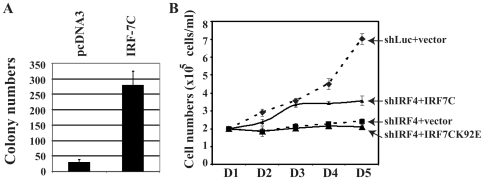Figure 5. IRF-7C has oncogenic potential.
(A) IRF-7C causes anchorage-independent growth of NIH 3T3 cells. A soft-agar assay was used for an IRF-7C stably expressing cell line established in NIH 3T3 cells. The numbers are averages from three independent experiments and standard deviations are also shown. (B) IRF-7C partially restores the growth property of IRF-4-knockdown cells. Knockdown of IRF-4 inhibits the growth of EBV-transformed cells. An EBV-transformed cell line (IB4) was transfected with shLuc, shIRF4, shIRF4 plus IRF-7C, or shIRF4 plus IRF7C-K92E by use of an Amaxa Nucleofector device respectively. One day after transfection, live cells were isolated and seeded. At the indicated days after transfection, surviving cells were enumerated by trypan blue exclusion. Each point represents the number of live cells (mean ± standard deviation) from three different counts. The difference between shIRF4, and shIRF4+IRF-7C is statistically significant (p = 0.0071). One representative of three independent experiments is shown.

